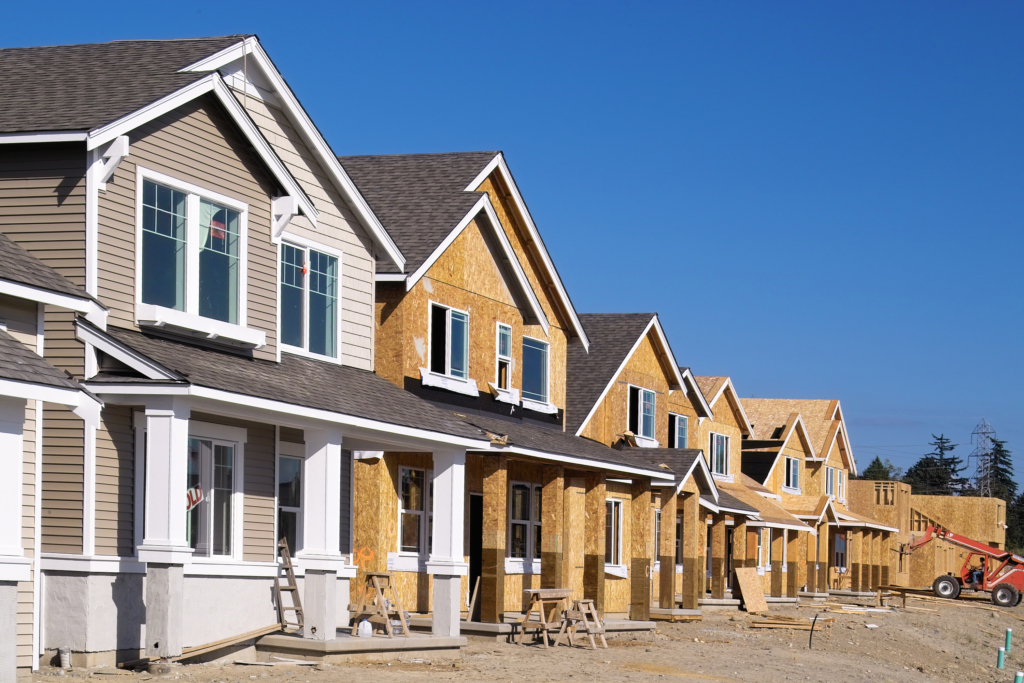June 2025 Housing Starts: Single Family Starts Fall Amid Rise in Unsold Housing Inventory


What happened: Housing starts increased slightly in June mostly due to a slight rebound in multifamily construction. Amid a persistent rise in housing inventory that is pulling down house prices, single-family housing starts are now 10% lower than they were a year ago. Single-family starts fell in every region. However, single-family starts are still up when compared to a year ago in the midwest where housing is relatively more affordable and yet sellers still have more bargaining power according to the Zillow Market Heat Index.
Why this matters: Builders pumped the brakes on new projects this year. New home sales in May saw their largest monthly drop since June 2022 shortly after the doubling of mortgage rates and the beginning of the Fed actions to rein in inflation. The slower than expected home shopping season has caused the number of unsold new homes to accumulate, weighing on builder confidence.
At the same time, resale inventory has increased to its highest level since November 2019. The increase in sellers listing their properties, combined with a steady supply of newly built homes, has given prospective buyers more bargaining power than in any June since before 2018. Slowing price growth — especially in many Sun Belt markets — could prolong a decline in new construction.
According to the National Association of Home Builders, the share of builders cutting their prices and the use of incentives are on the rise. In May, the median price per square foot of new construction homes was up 1.8% from a year ago, a significant downshift from the 3.3% annual price growth in April, according to Zillow data.
According to Zillow’s latest analysis of the American Community Survey, the pandemic boom in new construction was not sufficient to start making a dent on a large deficit that now stands at roughly 4.7 million homes nationwide. Unfortunately, a pullback in new construction does not bode well for closing large and persistent housing deficits across the country — meaning housing availability and affordability could remain a challenge for years to come.